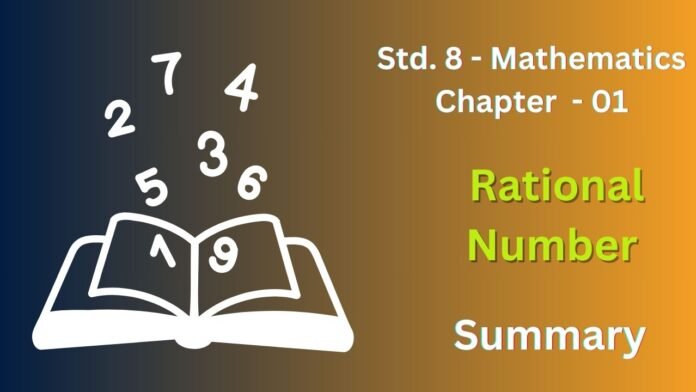Rational numbers are numbers that can be expressed in the form p/q, where p and q are integers and q is not equal to zero. Essentially, they are fractions.
Key Concepts:
- Representation: Rational numbers can be positive, negative, or zero. They can be represented on a number line.
- Equivalent rational numbers: Different fractions that represent the same value (e.g., 1/2, 2/4, 3/6).
- Standard form of a rational number: A rational number is in standard form when its numerator and denominator have no common factors other than 1 and the denominator is positive.
- Comparison of rational numbers: Can be done by converting them to equivalent fractions with a common denominator.
- Operations on rational numbers: Addition, subtraction, multiplication, and division of rational numbers follow specific rules.
- Properties of rational numbers: Commutative, associative, and distributive properties hold for rational numbers.
- Representation on number line: Rational numbers can be plotted on a number line.
- Density property: There are infinitely many rational numbers between any two given rational numbers.
In essence, rational numbers extend the number system beyond integers, providing a richer framework for mathematical operations and problem-solving.
Exercise 11.1
Name the property under multiplication used in each of the following:
Ans :
i) -4/5 * 1 = 1 * -4/5 = -4/5
Commutative property of multiplication.
ii) -13/17 * -2/7 = -2/7 * -13/17
Commutative property of multiplication.
iii) -19/29 x 29/-19 = 1
Multiplicative inverse.
2. Tell what property allows you to compute
Ans : The associative property of multiplication is being used.
3. The product of two rational numbers is always a …………
Ans : Rational number.


